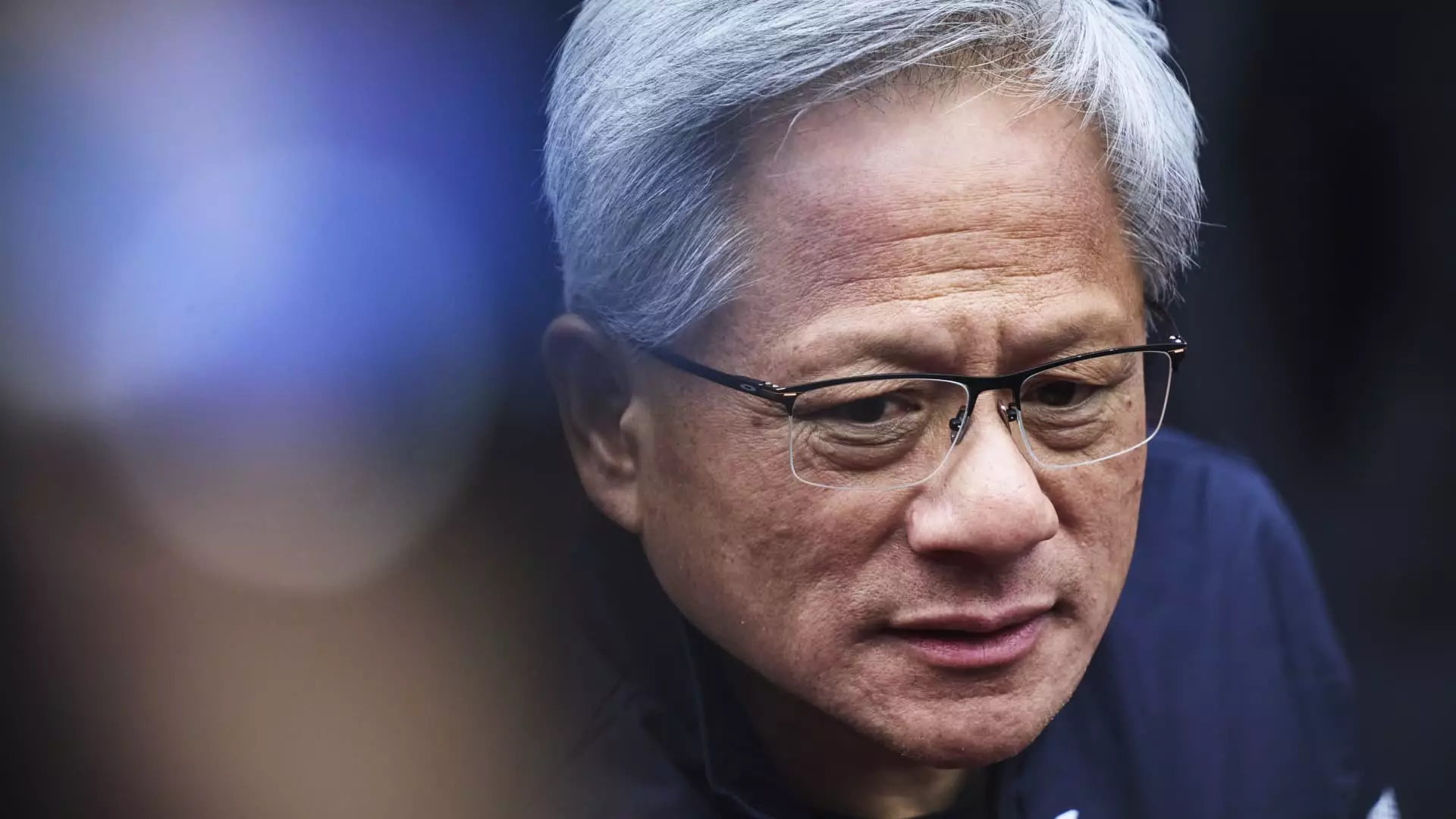Jensen Huang, the CEO of Nvidia, is scheduled for an important meeting with President Donald Trump in Washington D.C. This encounter emerges during a critical juncture for the U.S. semiconductor industry, particularly against the backdrop of strategic technological competition with nations like China. As the leader of a company that has ascended to be one of the most valuable in the United States, Huang’s engagement with Trump reflects the growing intersection between government policy and technological advancement, specifically in the realm of artificial intelligence (AI).
The nature of this meeting goes beyond mere politicking; it represents a concerted effort to shape the regulatory framework governing AI and chip technology in the U.S. The discussions are expected to encompass key topics, such as U.S. AI policy, and will likely delve into Nvidia’s operational landscape, especially concerning its AI chips and the repercussions of existing export limitations. Huang’s insights into international competition and innovation may offer valuable perspectives for shaping future governance in these sectors.
The evolving relationship between tech industry leaders and the U.S. government has grown increasingly pronounced since Trump’s first term. Notably, major figures such as Jeff Bezos, Sundar Pichai, and Tim Cook have made conspicuous appearances in political circles, highlighting the shift towards a more cooperative dynamic between Silicon Valley and governmental institutions. Huang’s meeting marks an essential pivot in this ongoing narrative, indicating a warming of relations between tech entrepreneurs and the federal government, which could herald a more collaborative approach to addressing regulatory challenges.
This meeting is not merely symbolic but represents a significant opportunity for Huang to express Nvidia’s priorities directly to the president. The tech landscape in which Nvidia operates is layered with complexities, especially given the company’s reliance on international supply chains, particularly in Asia. Thus, Huang’s direct dialogue with Trump could serve as a pivotal moment in potentially mitigating regulatory threats and influencing future chip production strategies.
As a leading player in the AI space, Nvidia has much at stake in discussions regarding U.S. AI policy. With the rapid advancements in AI technology, the U.S. must develop robust policies that not only foster innovation but also ensure national security. This balance is inherently delicate, particularly regarding the restrictions placed on the export of advanced AI chips to countries identified as strategic competitors, notably China and Russia.
International collaboration and competition are intertwined in the arena of chip technology. Huang’s input on these matters is critical, given that Nvidia’s operations are deeply affected by trade regulations and export rules. The meeting could serve as a platform for Huang to advocate for policies that encourage greater domestic chip production while addressing national security concerns, aligning commercial interests with the strategic imperatives of U.S. governance.
Amidst Huang and Trump’s discussions, the potential revamp of the CHIPS Act stands out as a focal point. The original act was designed to incentivize semiconductor manufacturing in the U.S., a vision that has grown increasingly essential as global supply chains face disruptions. With increasing calls for American self-sufficiency in technology, the meeting provides a prime opportunity to address existing regulatory constraints and promote investments in domestic manufacturing.
Nvidia, while a leading technological innovator, has faced challenges with its reliance on international fabrication facilities, primarily those operated by Taiwan Semiconductor Manufacturing Company (TSMC). A partnership with the Trump administration could enable Nvidia to secure more favorable regulations, facilitating investments in U.S. manufacturing capabilities which is vital for meeting both current and future technology demands.
The implications of Huang’s meeting with Trump extend beyond immediate policy discussions. They signal the importance of ongoing collaboration between the tech industry and government leadership in navigating the complex landscape of technological innovation and regulation. It underscores that the future of AI and semiconductor technology is not just a matter for corporations alone; it is a pivotal national interest that requires cohesive and strategic governance.
As the U.S. grapples with its position in the global tech hierarchy, meetings like these are crucial in laying the groundwork for policies that reinforce the nation’s competitive edge while fostering an environment conducive to innovation. The anticipation surrounding this dialogue encapsulates the broader narrative of how industry leaders like Huang are becoming integral to shaping public policy in an increasingly digitized world.

Leave a Reply